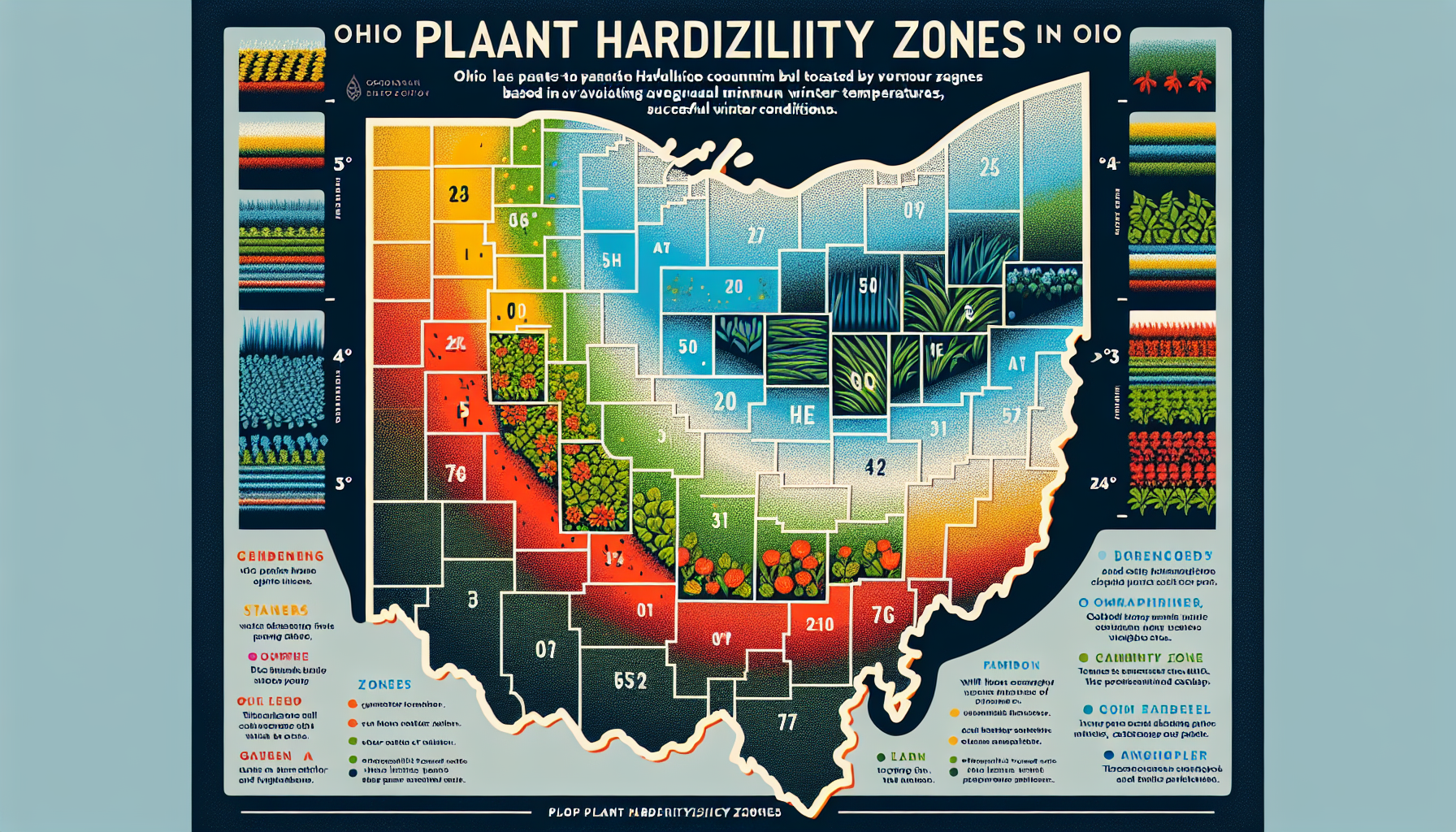
what planting zone is ohio
What Planting Zone Is Ohio?
Understanding planting zones is crucial for gardeners and farmers alike. These zones help determine which plants will thrive in a specific region based on its average annual minimum winter temperatures. If you live in Ohio and are curious about its planting zone, you’re in the right place. Let’s dive into Ohio’s planting zones and how they influence gardening success.
Ohio's Planting Zones Explained
Ohio falls primarily within USDA Hardiness Zones 5 and 6. The U.S. Department of Agriculture (USDA) developed the hardiness zone map to help growers identify which plants are most likely to thrive in a given region.
- Zone 5: This zone covers much of northern Ohio. The average minimum winter temperatures in Zone 5 range from -20°F to -10°F (-28.9°C to -23.3°C).
- Zone 6: Central and southern Ohio fall into Zone 6. Here, the average minimum winter temperatures range from -10°F to 0°F (-23.3°C to -17.8°C).
While these zones provide a general guideline, microclimates within Ohio may slightly alter conditions in specific areas. Factors like elevation, proximity to water, and urban heat can influence local growing conditions.
Why Do Planting Zones Matter?
Planting zones are essential for determining the types of plants that will grow successfully in your area. If you choose plants outside your zone, they may struggle to survive the winter or fail to thrive in your garden. For example, tropical plants or those that require warm winters would not survive Ohio’s cold winters without special care.
By selecting plants suited to Ohio’s Zones 5 and 6, you can ensure a more successful growing season and a vibrant garden. Always check the plant tag or seed packet for hardiness zone recommendations before making a purchase.
What Plants Thrive in Ohio?
Ohio’s diverse planting zones allow for a wide variety of plants to grow. Here are some examples of plants that thrive in the state:
Flowers
- Black-eyed Susan
- Coneflowers
- Hostas
- Peonies
Vegetables
- Tomatoes
- Peppers
- Carrots
- Spinach
Fruits
- Apples
- Pears
- Strawberries
- Blueberries
Whether you are growing flowers, vegetables, or fruits, Ohio’s climate and soil conditions provide ample opportunities for a bountiful harvest.
How to Determine Your Zone in Ohio
To determine your specific planting zone, you can use the USDA Plant Hardiness Zone Map. Simply enter your zip code to pinpoint your exact zone. This will help you make informed decisions about which plants to grow and when to plant them.
Tips for Gardening Success in Ohio
Here are some tips to maximize your gardening success in Ohio:
- Start with the right plants: Choose plants that are well-suited for Zones 5 or 6 to ensure they can handle Ohio’s winters.
- Prepare your soil: Test your soil for pH and nutrient levels to provide the best conditions for plant growth.
- Water wisely: Ohio’s weather can vary, so make sure to water your plants appropriately—too much or too little can harm them.
- Protect against frost: Pay attention to frost dates in the spring and fall to protect your plants from unexpected freezes.
Final Thoughts
Ohio’s placement in USDA Hardiness Zones 5 and 6 offers a great variety of plants for gardening enthusiasts. By understanding your local zone and selecting plants accordingly, you can create a thriving, beautiful garden. Whether you’re a seasoned gardener or just starting out, Ohio’s climate provides ample opportunities for success.
For more gardening tips and resources, be sure to visit the National Gardening Association website.